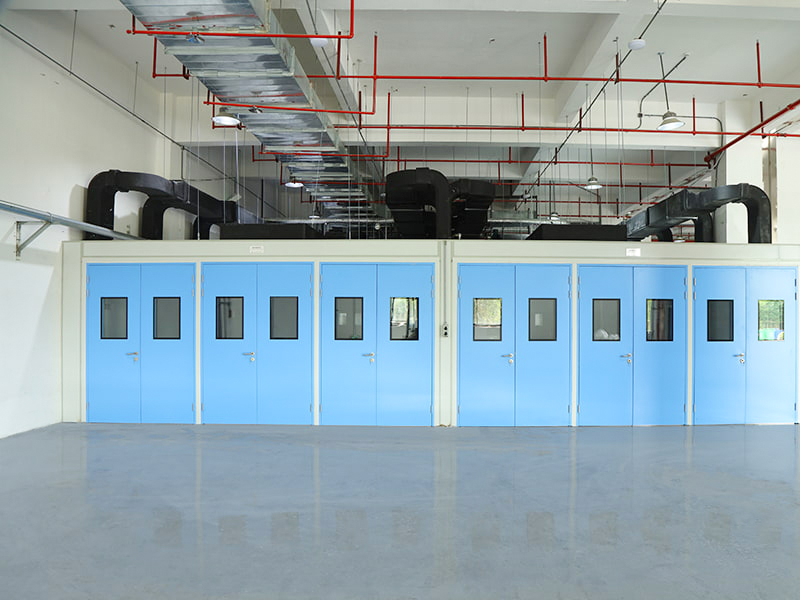Understanding the Role and Benefits of Degassers and Aeration Chambers in Water Treatment
Water treatment processes play a vital role in ensuring the supply of clean and safe water for various applications. Two important components commonly used in water treatment systems are degassers and aeration chambers. These devices serve distinct purposes in the removal of dissolved gases and the introduction of oxygen to enhance water quality. In this article, we will explore the functions, benefits, and applications of degassers and aeration chambers in water treatment processes.
Degassers: Removing Dissolved Gases for Improved Water Quality
Degassers, also known as degassing units, are designed to eliminate dissolved gases, primarily carbon dioxide (CO2) and oxygen (O2), from water. Dissolved gases can cause various issues in water treatment processes and affect the overall water quality. Degassers employ different techniques, such as vacuum or membrane-based processes, to remove these gases effectively.
Benefits of Degassers:
pH Stabilization: Carbon dioxide dissolved in water can lower the pH, leading to acidity. Removing dissolved CO2 helps stabilize the pH levels, ensuring optimal conditions for subsequent treatment processes.
Reduced Corrosion: Oxygen and other dissolved gases can accelerate corrosion in pipelines and equipment. Degassing eliminates these gases, minimizing the potential for corrosion and extending the lifespan of infrastructure.
Enhanced Efficiency: By removing dissolved gases, degassers improve the efficiency of subsequent treatment processes, such as ion exchange, disinfection, and membrane filtration. This allows for more effective removal of contaminants and impurities from the water.
Applications of Degassers:

Water Treatment Plants: Degassers are commonly used in municipal water treatment plants to remove dissolved gases before further treatment and distribution.
Industrial Processes: Industries such as power generation, pharmaceuticals, food and beverage, and semiconductor manufacturing rely on degassers to eliminate dissolved gases that may interfere with their production processes.
Aeration Chambers: Introducing Oxygen for Beneficial Effects
Aeration chambers, also known as aerators or air stripping towers, are designed to introduce oxygen into water. This process serves multiple purposes, including improving water quality, enhancing biological processes, and removing volatile organic compounds (VOCs) and other contaminants.
Oxygenation: By introducing oxygen into water, aeration chambers enhance the oxygen levels necessary for aquatic life in natural or artificial water bodies, such as lakes, ponds, and aquaculture systems.
Volatile Organic Compound Removal: Aeration chambers facilitate the removal of volatile organic compounds from water by stripping them into the air through aeration. This process is particularly beneficial in wastewater treatment plants and industrial applications.
Odor Control: Aeration helps eliminate unpleasant odors caused by dissolved gases, chemicals, or organic matter in water, resulting in improved aesthetics and overall water quality.
Applications of Aeration Chambers:
Wastewater Treatment: Aeration chambers play a crucial role in wastewater treatment processes, where they enhance the biological breakdown of organic matter, improve dissolved oxygen levels, and remove volatile compounds.
Aquaculture and Fish Hatcheries: Aeration chambers ensure adequate oxygenation in aquatic environments, supporting the growth and health of fish and other aquatic organisms.
Industrial Processes: Industries that generate wastewater or have specific water quality requirements, such as chemical manufacturing and mining, utilize aeration chambers to treat water before disposal or reuse.
Degassers and aeration chambers are essential components in water treatment processes, each serving a distinct purpose. Degassers remove dissolved gases to improve water quality, stabilize pH, and reduce corrosion. On the other hand, aeration chambers introduce oxygen to enhance water quality, support aquatic life, and facilitate the removal of volatile compounds. Understanding the functions and benefits of these devices helps ensure effective water treatment, providing clean and safe water for various applications ranging from municipal water supply to industrial processes and environmental conservation.
